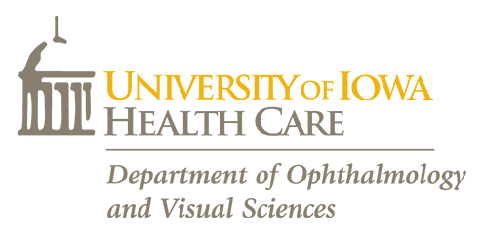PURPOSE:
To characterize the abnormal head posture (AHP) in children with Down syndrome (DS). The study had 3 aims: to estimate the prevalence of AHP, to describe the distribution of different causes for AHP, and to evaluate the long-term outcomes of AHP in children with DS evaluated at the University of Iowa Hospitals and Clinics between 1989 and 2009.
DESIGN:
Retrospective chart review.
PARTICIPANTS:
Two hundred fifty-nine patient records.
METHODS:
The study data were analyzed using chi-square tests (the Fisher exact test when appropriate) to describe the relationship between the outcome of interest and each study covariate. A predictive logistic regression model for AHP was constructed including all the significant covariates.
MAIN OUTCOME MEASURES:
Abnormal head posture.
RESULTS:
Over the study period, 259 records of patients with DS were identified. Of these, 64 (24.7%) patients had AHP. The most frequent cause of AHP was incomitant strabismus in 17 (26.6%) of 64 patients. The second most frequent cause of AHP was nystagmus, in 14 (21.8%) of 64 patients. For a substantial number of patients with AHP, the cause could not be determined. They represented 12 (18.8%) of all the patients with AHP in this study and 12 (4.6%) of all patients with DS examined. When compared with patients with AHP from a determined cause, this subgroup has a statistically significantly (P = 0.027, Fisher exact test) higher percentage of atlantoaxial instability. In the study population, 9 (14.1%) of 64 patients with AHP had more than 1 cause for AHP. Refractive errors, ptosis, unilateral hearing loss, and neck and spine musculoskeletal abnormalities were responsible for AHP in a small percentage of patients. Of all the patients with AHP, 23 (35.9%) improved their head posture with treatment (glasses or surgery). An additional 6 (9.4%) patients improved their posture spontaneously, over time and without treatment.
CONCLUSIONS:
The prevalence of AHP in the children with DS evaluated was 24.7%. From this analysis, having strabismus of any kind and particularly incomitant strabismus, nystagmus, or both is highly correlated with the development of an AHP. Almost 19% of DS patients with AHP had no definitive cause that could be determined.
Prevalence and characteristics of abnormal head posture in children with Down syndrome: a 20-year retrospective, descriptive review.
Journal:
Ophthalmology
Additional Information:
2011 Sep;118(9):1859-64.
Publication Date:
Jun 12 2011
Pubmed ID:

